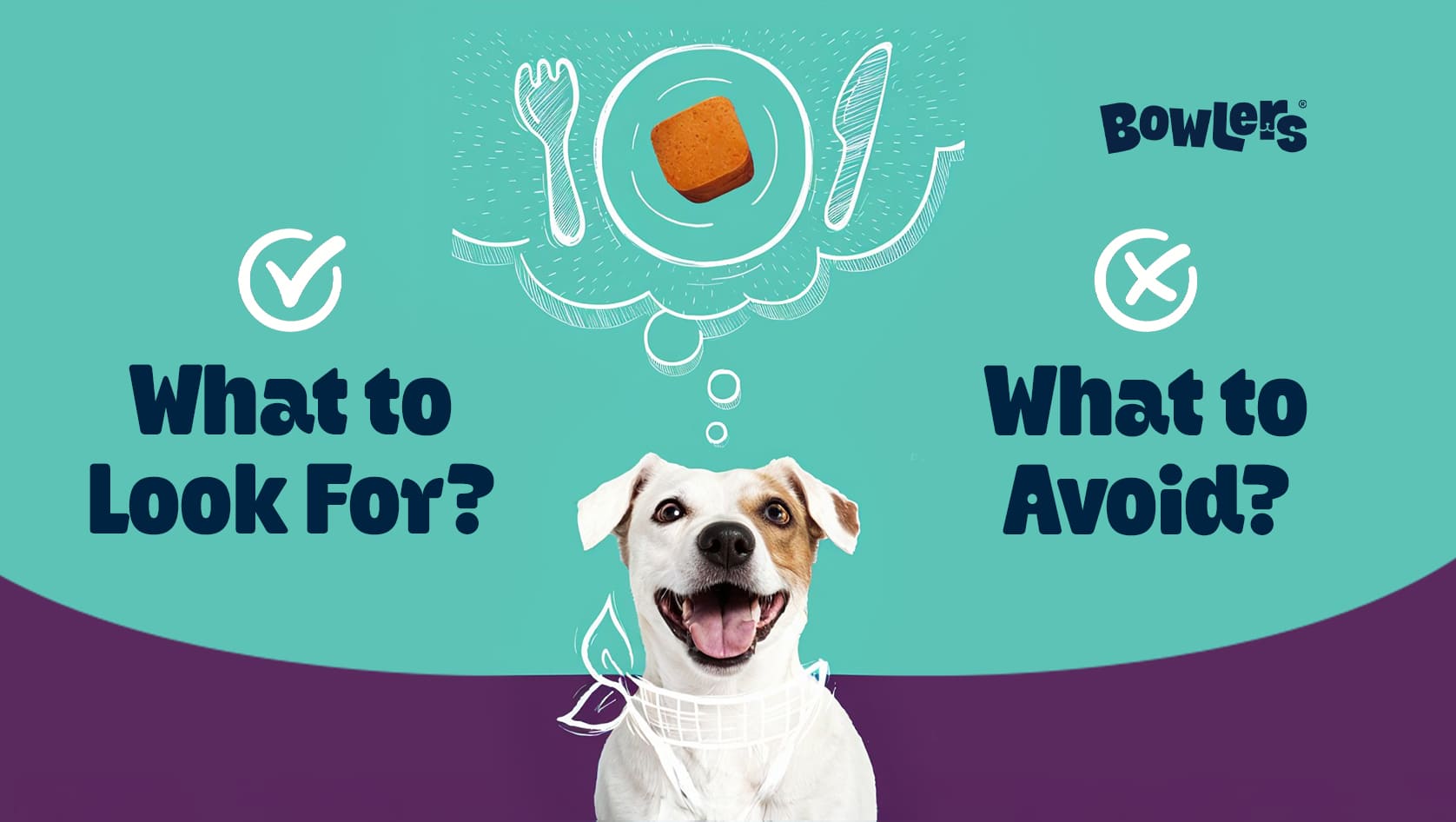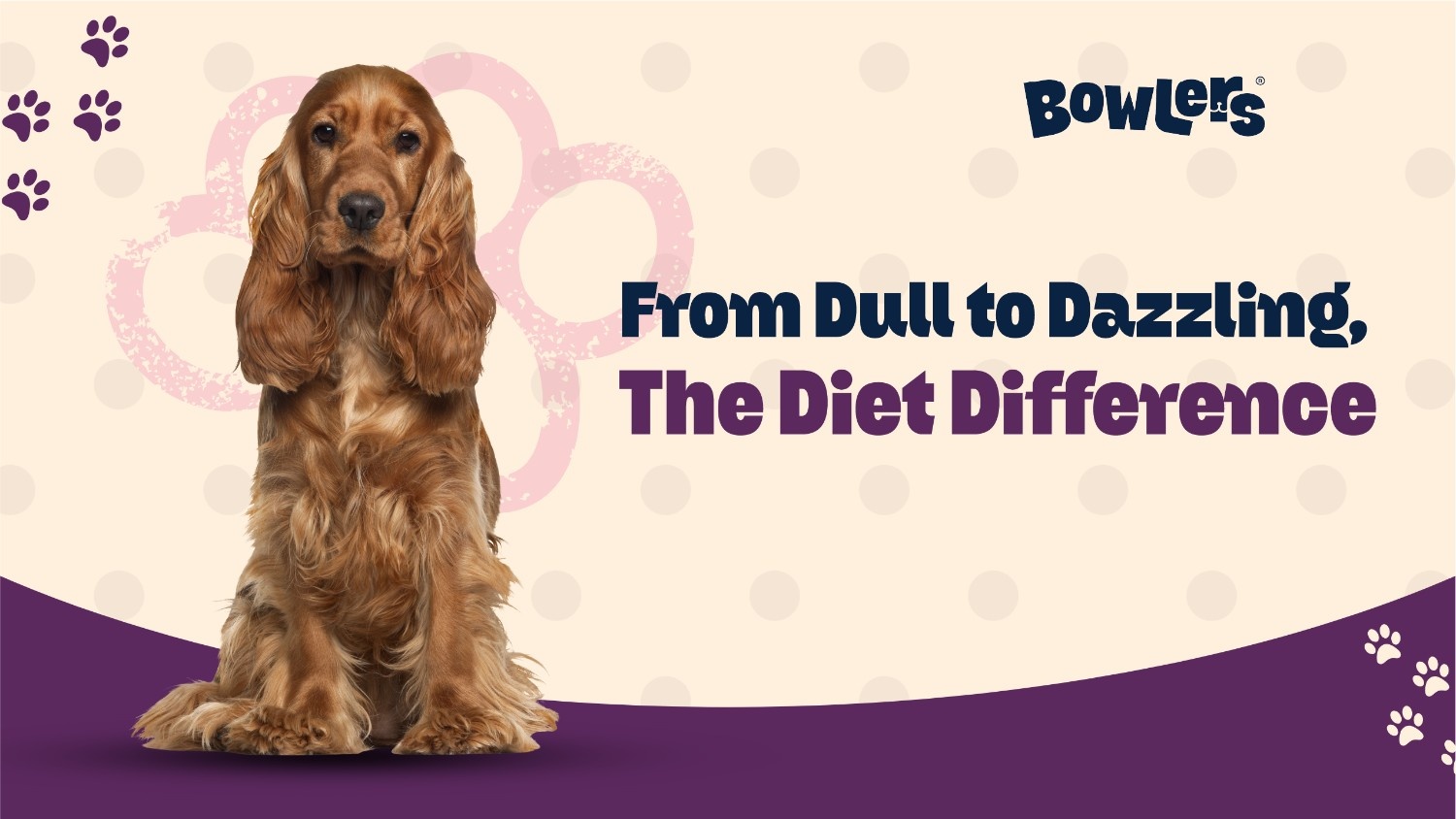Dog Nutrition Facts Explained: What Every Pet Parent Should Know

Table of contents
Walking down the pet food aisle can feel overwhelming. Every bag promises shiny coats, stronger bones, or more energy—but how do you know what’s really inside? The secret lies in learning how to read dog food labels.
Understanding labels gives you control over your dog’s health. With the right knowledge, you can choose products that truly deliver on dog nutrition facts, avoid harmful fillers, and support a healthy dog diet guide tailored to your pet’s needs.
Let’s break down the essentials of dog food labels so you can feed with confidence.
Why Dog Food Labels Matter
Labels aren’t just marketing—they are legally required to share what’s in your dog’s bowl. But brands often use technical or confusing language to make products sound healthier than they really are.
By understanding what to look for, you can:
- Identify the best ingredients in dog food
- Avoid harmful additives and fillers in dog food
- Ensure meals meet daily dog nutrition requirements
- Compare brands fairly without being swayed by buzzwords
For a bigger picture on nutrition, check our
Complete Guide to Dog Nutrition and Balanced Diets.
Key Sections of a Dog Food Label
A typical label includes several sections. Here’s how to decode each one:
1. Product Name
The wording of the name itself gives clues about what’s inside:
- “Chicken Dog Food” should primarily consist of chicken as the main ingredient.
- “With chicken” may indicate that only a small amount of chicken is included.
Note: Look for labels that list the main protein as the star ingredient, not just a side note.
2. Ingredient List
Ingredients are listed by weight, from highest to lowest. However, items with a lot of moisture, like fresh meat, can appear first even if their actual nutrient contribution is lower than that of more concentrated ingredients.
What to look for:
- Named proteins like chicken, fish, lamb, or turkey
- Whole grains (brown rice, oats, barley) for fiber
- Vegetables and fruits for natural vitamins and antioxidants
What to avoid:
- Generic “meat by-products” or “animal digest”
- Artificial preservatives, colors, and flavors
- Excessive fillers like corn gluten or soy
3. Guaranteed Analysis
This section lists minimum percentages of protein and fat, and maximum percentages of fiber and moisture.
Why it matters:
- Protein levels ensure muscle development and repair
- Fat content provides energy but should stay balanced
- Fiber supports digestion and weight control
For example, an adult dog’s daily nutrition typically requires 18–25% protein and 8–15% fat, though puppies and active breeds may need more.
4. Nutritional Adequacy Statement
Look for phrases like “complete and balanced”—this means the food meets AAFCO (Association of American Feed Control Officials) standards for a healthy diet. If this statement is missing, the food may only be a treat or supplement.
5. Feeding Guidelines
This section offers recommended serving sizes based on your dog’s weight or life stage. Treat it as a starting point, but remember that breed, activity level, and health also matter.
For detailed portion insights, read our guide:
How Much Should You Feed Your Dog Daily? Breed & Weight Guide.
Hidden Marketing Tricks on Dog Food Labels
Brands often use clever wording to make food seem better than it is. Watch out for these:
- “Natural” – Suggests wholesome ingredients but may still include processed or artificial components.
- “Grain-Free” – Great for dogs with sensitivities, but not always necessary for all pets.
- “With Real Meat” – Highlights meat content, but the percentage may be small unless specified.
Tip: Always cross-check the nutrition facts against the claims.
Healthy Dog Diet Guide: What Labels Don’t Tell You
Even the best label won’t reveal everything about your pet’s needs. Dogs require different nutrients at different life stages:
- Puppies: Look for DHA for brain development and higher protein.
- Adult Dogs: Balanced energy without excess calories.
- Senior Dogs: Lower fat with added joint-support nutrients.
Supplements & Add-Ons
Some foods include supplements for specific health concerns, but a well-balanced diet often provides everything your dog needs daily.
Common Label-Reading Mistakes Pet Parents Make
Even well-meaning owners can misinterpret labels. Avoid these pitfalls:
- Choosing by marketing terms only – Always check the ingredient list and guaranteed analysis.
- Assuming more protein is always better – Excess protein can stress kidneys in some dogs.
- Ignoring feeding guidelines – Overfeeding leads to obesity.
- Confusing treats with meals – Treats don’t provide complete nutrition.
For more on feeding pitfalls, see our guide: Common Dog Feeding Mistakes and How to Avoid Them.
Homemade vs Store-Bought: How Labels Help
If you’re considering homemade food, labels guide you on nutrients to include when balancing recipes. Homemade meals can be healthy but require careful planning.
Bowlers Approach to Transparent Nutrition
At Bowlers, we believe pet parents deserve clarity. That’s why our packaging highlights:
- Named protein sources first
- No artificial colors, preservatives, or fillers
- Clear dog nutrition facts with guaranteed analysis
- Feeding guidelines based on science, not guesswork
We want every customer to feel confident they’re choosing a product that aligns with a healthy dog diet and supports daily nutrition.
Learning how to read dog food labels is one of the most powerful skills you can develop as a pet parent. Once you know how to decode nutrition facts, spot the best ingredients, and avoid harmful fillers, you’ll never be swayed by flashy marketing again.


